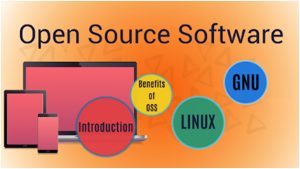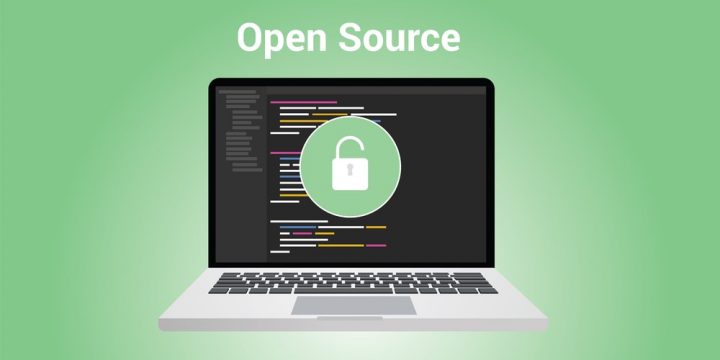Common Fiction And Truth About Open Source Software
Open Source software has grown in popularity as a low-cost alternative to proprietary software. More individuals are using Open Source software today without recognizing it, whether it is to browse the internet with Firefox or to post a blog with WordPress.
Nonetheless, even as Open Source grows in popularity, misunderstandings about it continue to spread. The idea of open-source software makes some people uncomfortable, and it is frequently mistakenly assumed to be of lower quality, security, and lifespan than proprietary software, which is not the case.
What Does Open Source Software Mean?
The term “open source” refers to the fact that source code is freely available to users. In their versions of the application, users can edit and distribute the source code. The number of copies of the original application that can be disseminated is unlimited.
Simply described, Open Source software is software that allows the public to see, alter, and redistribute the source code that was used to build it. The Open Source license emphasizes a collaborative community approach to Open Source software creation, expansion, and patching.

What Are The Common Fictions And Truth About Open Source Software?
There are several common misunderstandings concerning open source software, as well as some potential obstacles that public sector organizations should be aware of. Here’s how we separate the common truth from the fiction about OSS.
Open Source Software- Fictions
1. Open Source software is insecure.
Fear of risk is a big deterrent for businesses contemplating open source software because the source code is publicly available and thus vulnerable to hacker attacks. The openness of code, on the other hand, can help with early vulnerability detection and lead to a better security product.
2. Open Source software is free.
The idea that open source is free is a prevalent fallacy. While open-source software without support is available for free, it is not always a finished product. The development of feature additions, as well as support and services, incurs costs.
3. Open Source software is unlicensed.
Unlike proprietary software, open-source licenses are essential terms of usage rather than things to be purchased. There are several different open source license models, each with its own set of terms for the usage and modification of code. It’s critical to comprehend both aspects of the open-source license at hand.
Open Source Software- Truth
1. There could be additional fees.
The costs of support and maintenance may be higher than those of the proprietary software. To mitigate this risk, you should review the total cost of ownership with your supplier.
2. Additional development may be required.
To interact with current proprietary software systems, open-source software may need to be further developed. You and your provider must discuss how you want to utilize the software, as well as any other software that it will need to interact with. Some open-source solutions may never be compatible with well-known proprietary software.
Wrapping Up
Adopting open-source software does not appear to be a practical option for some businesses. There are many misconceptions about open source, but the truth is that it can help with security, is simple to manage and integrate, and can scale to any size.
